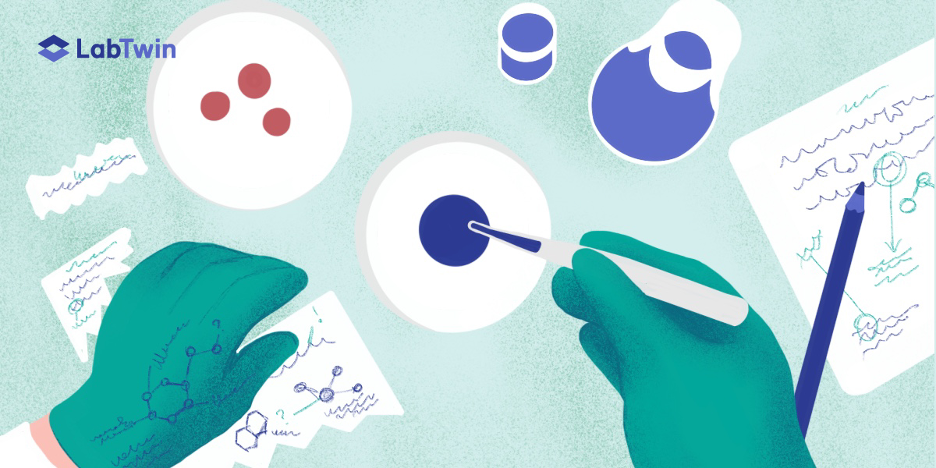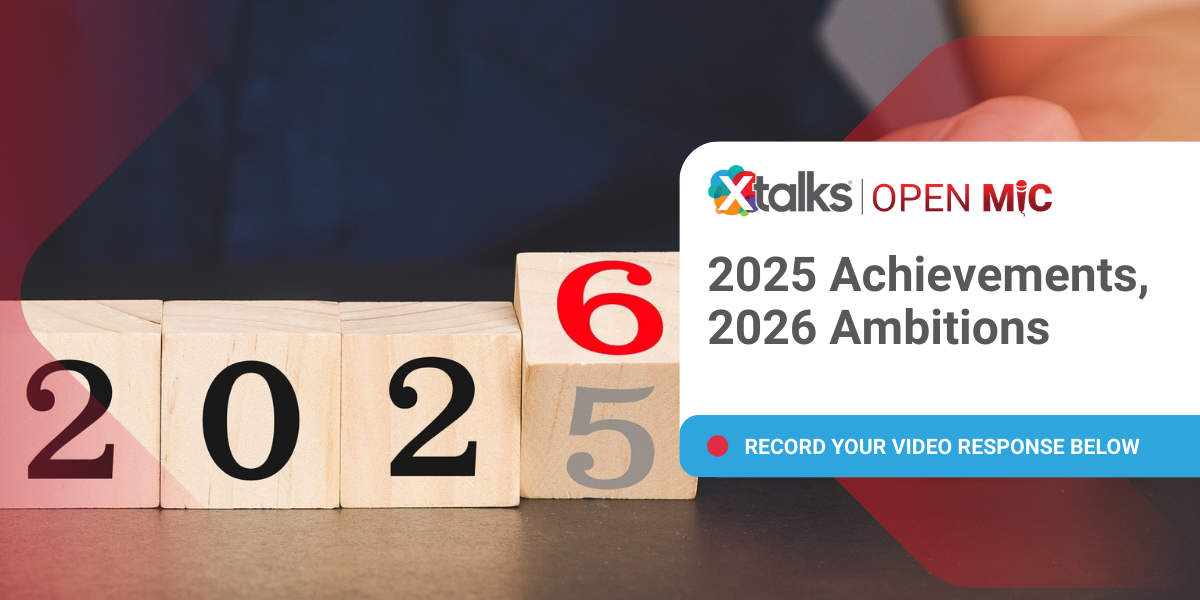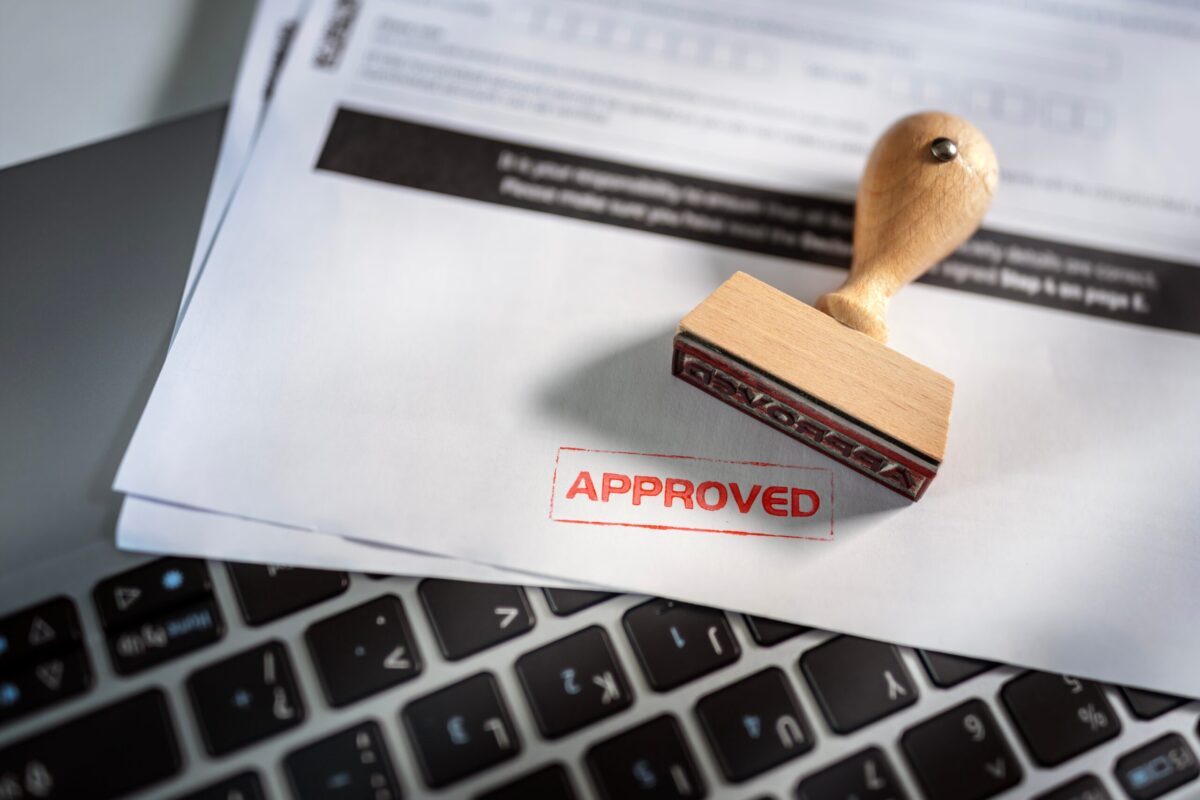In recent years, the reproducibility of scientific research has come under the spotlight. One of the most famous cases is that of Andrew Wakefield’s now-retracted paper claiming that the measles-mumps-rubella vaccine may cause autism spectrum disorder. This newsworthy headline instantly drew skepticism from critics, sparked fear among parents, and helped trigger the anti-vaccination movement.
A major barrier to clinical development is the inability of translational scientists to replicate early discovery findings. In 2016, Nature surveyed nearly 1,600 scientists and found that 70 percent of experiments were not reproducible. This not only represents lost research dollars but also missed opportunities to develop and commercialize life-saving treatments.
There are many factors that make scientific research challenging to reproduce, but a frequent (and preventable) reason is poor documentation. A missing reagent, incorrect data entry, bad handwriting, and overall poor notetaking are all precursors to an irreproducible experiment. Human error is unavoidable (even for scientists), especially if they are conducting multiple experiments at once with different instruments.
Ironically, today’s scientists have access to some of the most sophisticated technology to accelerate research and clinical development, yet they still use outdated methods to take notes and record data. What scientists need to achieve the Lab of the Future is the same level of sophistication applied to data capture and access. Next-generation lab informatics provides this sophistication.
LabTwin, an emerging lab informatics company, is pioneering artificial intelligence (AI)-backed technology to address this unmet need. Their flagship product is an AI and voice-enabled digital lab assistant capable of optimizing scientists’ workflows at every stage of research and development.
Recently, an esteemed panel of industry experts held a roundtable discussion to explore the applications of AI, digital lab assistants, voice recognition technology, Internet of Things (IoT), and augmented and virtual reality.
Here are six key benefits of voice-activated digital lab assistants:
1) Improve Notetaking and Documentation in Real-Time
Researchers often rely on a mix of electronic lab notebooks, printed protocols, pictures, and post-it notes to capture, retrieve, and record data. Managing these different data sources, while moving throughout the workplace, can be cognitively taxing for researchers, leading to incomplete or inaccurate documentation.
“We’re still using pen and paper, we’re still using outdated systems… and we’re not fully taking advantage of all of the different types of data that we’re generating in the laboratory,” says Alok Tayi, vice president of life sciences at Engyte, and founder and host of a new podcast, Biotech2050.
Almost 80% of surveyed lab staff believe that voice-powered digital lab assistants would be most useful for lab documentation or real-time data access. Digital lab assistants eliminate the need for paper-and-pen notetaking by leveraging voice-to-text software to take notes in real-time.
“Voice-to-text like you see with Alexa and Siri can be really useful in the lab to connect scientists with their data,” says Guru Singh, Head of Growth at LabTwin. “With LabTwin, when scientists are at the bench, they can be 100 percent focused on running the experiment, whether it is looking at a microscope or working under a hood. All the scientist has to do is start vocalizing what he or she is doing to capture all the information in real-time.”
2) Streamline Data Access
Having real-time access to data is equally as important as real-time documentation. Scientists often work with multiple instruments or laboratory equipment, sometimes shared with neighboring labs or researchers. Therefore, to access week-old raw data from a shared DNA sequencer can be cumbersome.
“One of our LabTwin users, Philip, mentioned that he has to make ten trips between his lab and his office just so he can access his data, such as buffer calculations,” says Guru Singh.
Additionally, there is a risk of losing datasets completely during the transfer from one computer to another.
Voice-enabled digital lab assistants can address this problem by providing real-time access to data. “We are currently integrating LabTwin’s digital assistant with legacy pharma software. This means that pharma scientists, without leaving their lab, can access information through other data sources and software, simply by using LabTwin,” says Guru Singh.
By integrating lab informatics and instruments, labs can achieve digitization, saving time, and lowering error rates.
3) Facilitate Collaboration
Scientific collaboration is becoming increasingly important for tackling complex research problems. Consider the challenges investigators face in developing novel treatments for patients with rare diseases. Because these cases are infrequent, scientists have a difficult time studying the pathophysiology of disease and recruiting patients for clinical trials. By collaborating with other researchers in the same field, scientists can build a database of resources for those working towards the same goal.
But collaboration is easier said than done. Scientists may encounter issues sharing and accessing data, especially if they are incomplete, in different formats or in different languages.
A voice-enabled digital lab assistant leverages natural language processing and other machine learning technologies to overcome some of these obstacles. Using augmented and virtual reality, a scientist can connect with collaborators from around the world through advanced video conferencing. The Lab of the Future will not be limited by geographical location but will leverage these new lab informatics tools to allow scientists to share data seamlessly.
Thomas Henseler, a digital strategist from Microsoft, explains how this can be useful for knowledge exchange.
“Imagine how easy it could be to train your colleagues and share your insights by bringing additional information, literally in your colleague’s field of view. This means, for example, getting support from a colleague via a Skype call where both of you will see the same live content.”
This real-time access will enable scientists to troubleshoot problems on the spot or plan future experiments with potential collaborators. John Piccone of ZS Associates says that digital lab assistants will be able to detect mistakes or identify unique opportunities during experiments, since they are able to learn from scientists is different labs around the world.
4) Ensure Compliance with Good Laboratory Practices
In today’s highly regulated industry, adherence to good laboratory practice (GLP) is essential. However, like many aspects of life, rules are rarely followed if they’re not enforced. Despite recent concerns over the transparency of data reporting and a high rate of irreproducibility, some scientists still view quality management systems as “only marginally beneficial and/or unduly burdensome.” Failure to follow standard operating procedures (SOPs) and protocols could lead to inaccurate results.
Just as a digital lab assistant can facilitate new personnel training, this technology can be leveraged to ensure strict regulatory compliance across all procedures.
For example, the platform could be programmed to ensure scientists follow procedures in a stepwise fashion. “Let’s say; step one is to wear gloves. Step two will not be activated until you scan the glove box and put the gloves on. I think augmented reality will empower researchers to adhere to SOPs, which is essential in the GxP environment,” explains Guru Singh.
LabTwin’s voice-activated digital lab assistant comes with features such as audit trails, electronic signatures, timestamps, and more. Thanks to complete data traceability, users can readily access historical data to support regulatory filings.
5) Access Integrated Assistance
Scientists already have dozens of lab informatics tools at their disposal to optimize their workflows: there are tools to assist with supply ordering; smartphones and tablets to set up timers, reminders and conduct quick web searches; and algorithms that generate a recipe for a buffer by manipulating a few parameters.
Integrating voice assistants into existing lab informatics tools will provide access to integrated assistance and has the potential to save time and money and reduce cognitive burden. Furthermore, digital lab assistants are continuing to expand capabilities to help enable the Lab of the Future.
“We believe that, in the future, voice-powered digital lab assistants will be able to provide smart recommendations to scientists,” says Guru Singh.
In other words, in the Lab of the Future, digital lab assistants may be able to monitor a scientist’s experiment in real-time, perhaps warning them if technical issues arise. Eventually, the digital assistant could provide troubleshooting tips or recommend future experiments based on current findings.
6) Adapt Across Disciplines, Therapeutic Areas and Research Stages
One of the greatest advantages of using machine learning and AI-backed technology is its versatility for application across different disciplines, therapeutic areas, and stages of research.
“It’s relevant to feed the application with as much data as possible, which helps it get better and better,” explains Thomas. “If you use lab-related wording, the application becomes the perfect assistant in your field of technology or your field of research.”
A voice-activated digital lab assistant enables scientists to lower error rates, improve reproducibility, and shorten product development timelines, providing great benefits to academic and pharmaceutical laboratories alike.
__________________________________________________________________________________
The National Institutes of Health, the largest funder of biomedical and public health research in the US, invests nearly $39.2 billion annually in research. Considering the immense cost of research programs, a 70 percent irreproducibility rate of scientific research is unacceptable. Alarmingly, some of the causes of irreproducibility (poor notetaking, bad handwriting, missing information and so on) are easily preventable with a more streamlined workflow and improved lab informatics tools.
A voice-activated digital lab assistant can improve reproducibility and translatability across all areas of scientific research. LabTwin’s flagship product holds great promise for the Labs of the Future around the world.
To hear more insights from Alok Tayi, Oscar Kox, Thomas Henseler and Guru Singh, click here to watch this free webinar.
This article was created in collaboration with the sponsoring company and the Xtalks editorial team.







Join or login to leave a comment
JOIN LOGIN